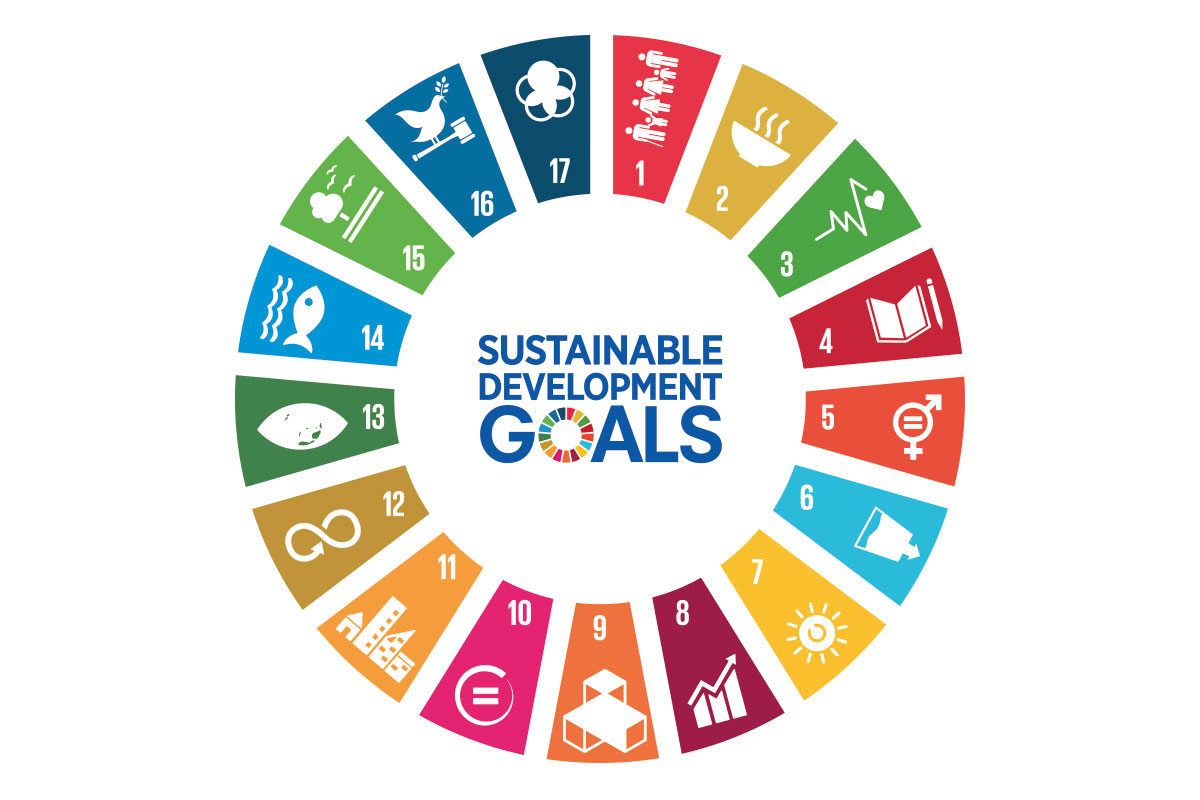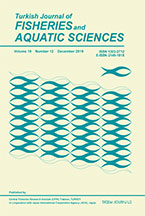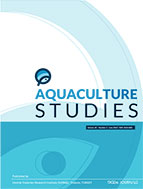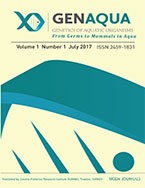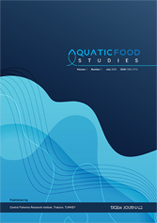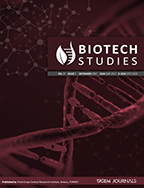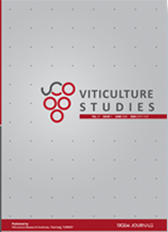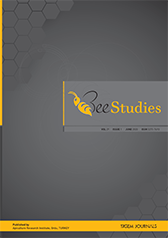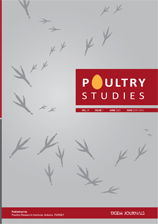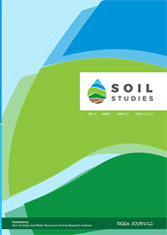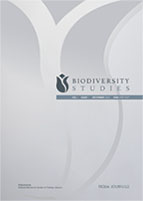Horticultural Studies (HortiS)
2025, Vol 42, Num, 2 (Pages: 072-079)
Influence of Different Drying Techniques on Selected Physicochemical and Bioactive Properties of Mushroom Powders
Tuğçe ATBAKAN KALKAN 1 ,Serenay AŞIK AYGÜN 1 ,Ayhan TOPUZ 1
1 Akdeniz University Engineering Faculty Food Engineering Department, 07100, Antalya, Türkiye
DOI :
10.16882/HortiS.1701611
Viewed :
534
-
Downloaded :
337
In the present study, the effect of different drying techniques on the
mushroom powders were comparatively investigated. Mushroom purees
were dried by refractance window drying (RW), oven drying (OD), vacuum
drying (VD) and freeze drying (FD) techniques both in their original form
and as foams. For foam mat drying (FM) experiments the puree samples
were foamed with carboxymethyl cellulose (CMC) and whey protein (WP)
with the ratio (1:1) that formed the maximum stable foam. The dried
mushrooms were ground to obtain mushroom powder. Some chemical and
physical properties of the mushroom powders were determined. Total
phenolics content (TPC) of the mushroom powders were determined in the
ranges of 0.545-1.293 g GAE 100 g-1 dry matter (dm). The highest TPC
was determined for the sample dried by VD while the lowest TPC was
determined for the sample dried by FM-FD. The L*, chroma and hue angle
values of the samples obtained from the FM experiments were higher than
those obtained from the three different drying methods (OD, RW and VD)
directly applied to the mushroom purees. It was determined that the
browning index of the samples especially those subjected to FM was
significantly lower than that of the other samples (OD, RW and VD). The
study reveals that the FM method generally reduced the drying time in all
drying techniques.
Keywords :
Agaricus bisporus L. Foam mat drying Refractance window drying Vacuum drying Whey protein


